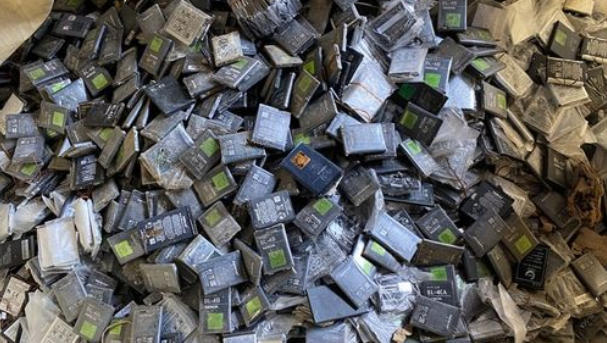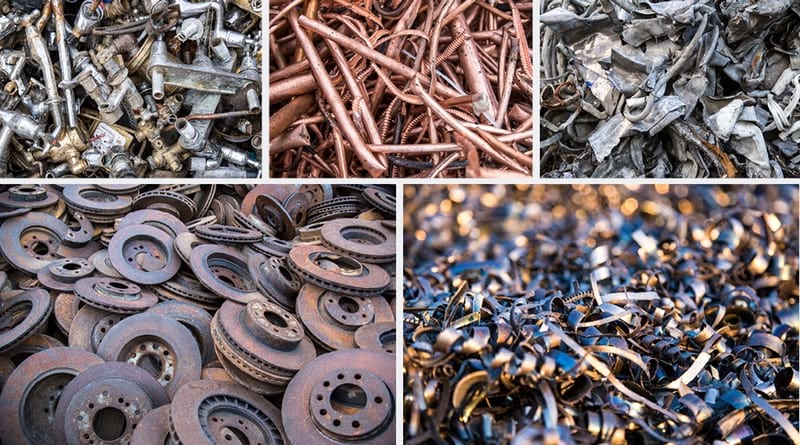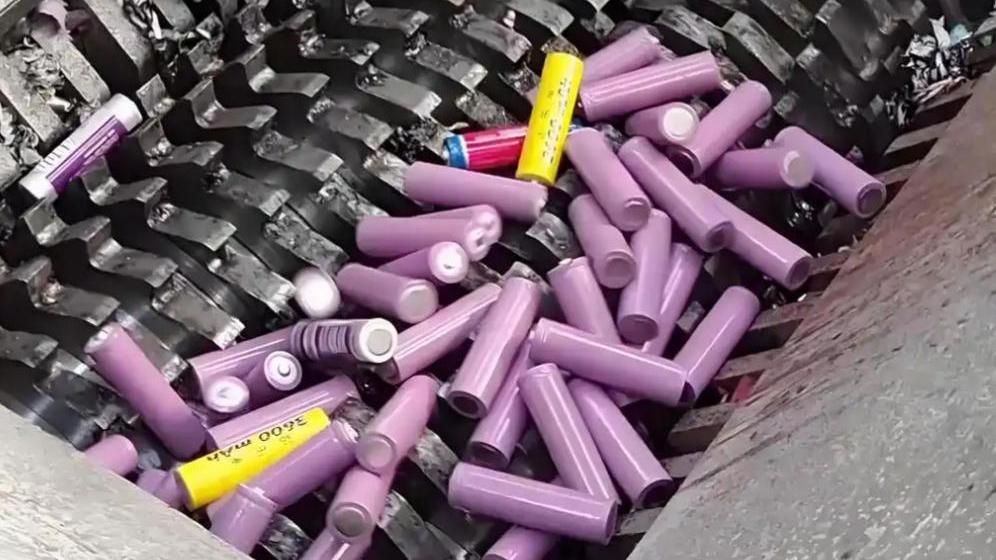Selecting the right machine for your plastic waste processing needs is critical to achieving efficient, cost-effective, and sustainable recycling. But when it comes to choosing between a plastic shredder and a plastic crusher, many buyers are unsure which solution best fits their operation.
In this article, we’ll explore the differences between these two machines, the key factors to consider when purchasing a plastic recycling machine, and how to ensure optimal performance for your plastic processing line.
What’s the Difference Between a Plastic Shredder and a Plastic Crusher?
Although often used interchangeably, plastic shredder and plastic crusher machines serve different purposes in the recycling process:
Plastic Shredder

A plastic shredder is designed to tear and slice large volumes of plastic materials into strips or flakes. It works well for:
- Large plastic items (e.g., barrels, pipes, pallets, bumpers)
- Hollow containers and bulky waste
- Pre-processing before fine grinding
Advantages:
- Handles a wide range of materials
- Suitable for continuous heavy-duty applications
- Lower noise compared to crushers
Plastic Crusher

A plastic crusher uses high-speed rotating blades to grind plastic into smaller, uniform granules. It’s commonly used for:
- Thin plastics (e.g., film, sheets)
- Small injection-molded parts
- Post-shredding or fine crushing stage
Advantages:
- Produces consistent granule size
- Suitable for recycling clean, sorted materials
- Ideal for re-pelletizing or reprocessing
The choice between the two depends on your plastic waste type, desired output size, and the role in the overall plastic recycling machine system.
How to Choose the Right Plastic Recycling Machine?
Before investing in a plastic shredder or plastic crusher, consider the following key aspects:
1. Type and Size of Plastic Waste
Identify the primary materials you will process. Bulky, thick plastic requires a shredder, while thin, rigid plastic may be efficiently crushed.
2. Desired Output Size
Determine whether you need coarse shredding, fine granulation, or both. Some lines may need a shredder for initial reduction and a crusher for refinement.
3. Processing Capacity
Choose a machine that matches your daily or hourly volume needs. Overloading a small-capacity machine can reduce its lifespan and efficiency.
4. Maintenance and Blade Durability
Select machines made from wear-resistant materials. Ensure easy blade replacement, proper sealing, and minimal downtime for maintenance.
5. Integration with Other Equipment
Ensure the machine is compatible with your existing or planned plastic recycling machine line, such as conveyors, separators, or washing systems.
Conclusion: Maximize Plastic Recycling Efficiency with the Right Equipment
Choosing between a plastic shredder and a plastic crusher doesn’t have to be complicated. By understanding your material characteristics, capacity requirements, and processing goals, you can select the most suitable solution to boost efficiency and profitability.
Whether you’re starting a recycling plant or upgrading your equipment, we offer tailored plastic recycling machine solutions to meet your needs. Contact us to find out how we can support your recycling goals.



